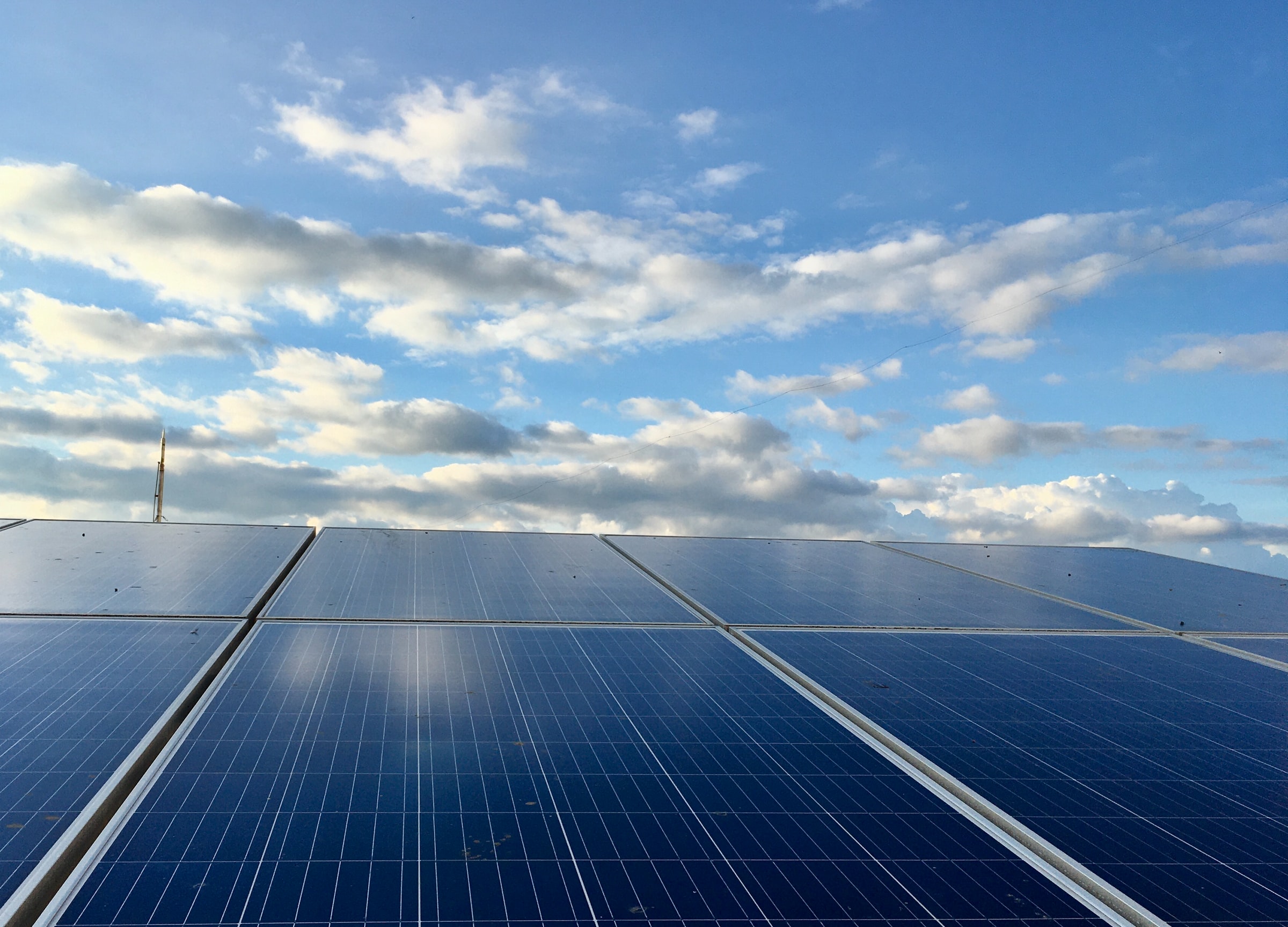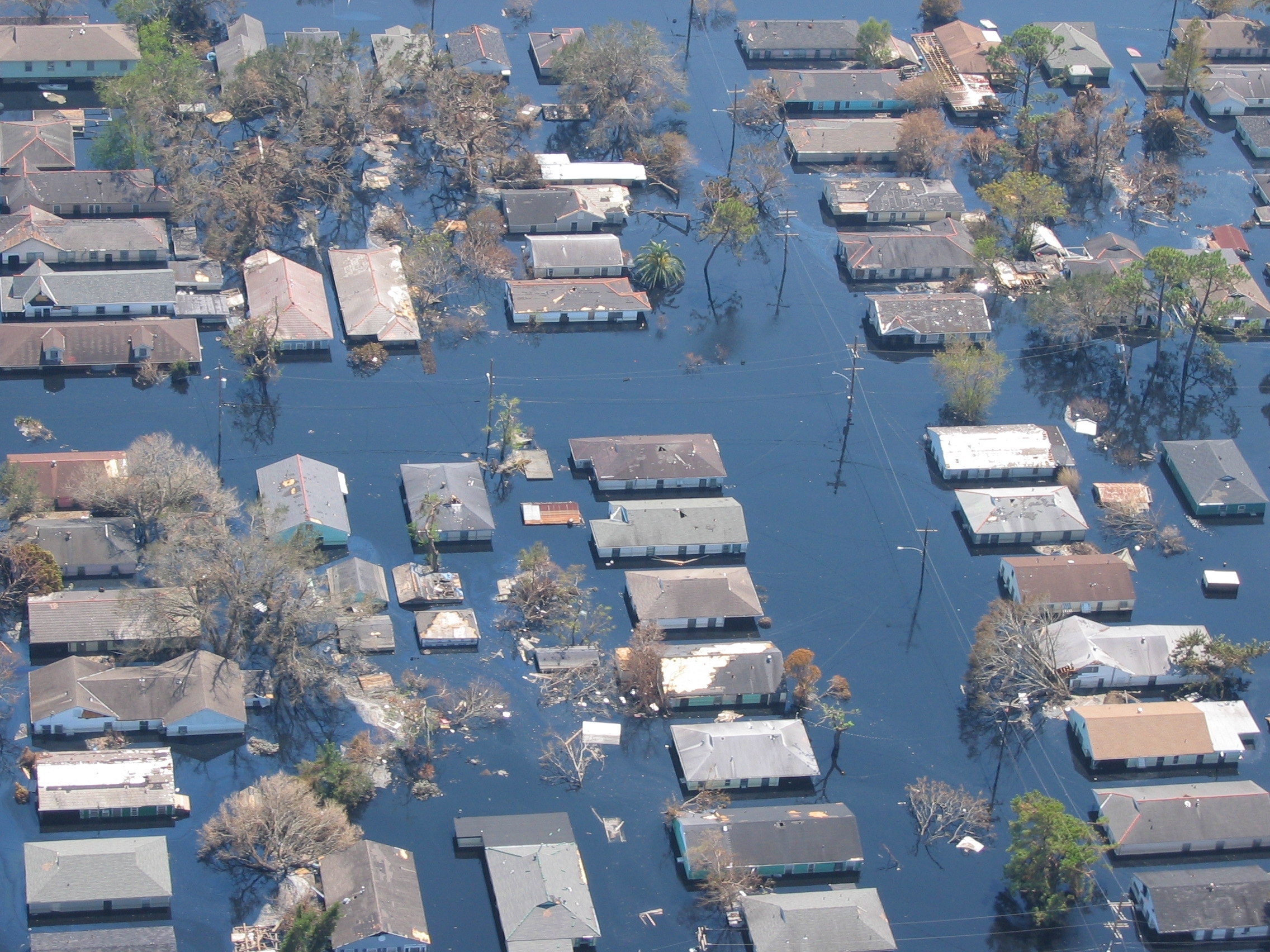Japan was subject to intense criticism in the early months of 2020 for its failure to update its NDCs. Since then the country has stepped up its rhetoric the new prime ministers, Yoshihide Suga, used his first Diet policy speech to announce Japan’s intention to go climate neutral by 2050, joining an exclusive club of around 30 other countries and regions (including the EU) that have set the net zero target by 2050.
Response to global warming is no longer a constraint on economic growth. We need to reduce greenhouse gas emissions in Japan to net zero by 2050, that is, carbon neutral by 2050, and aim to achieve a decarbonized society […] fundamentally shift the long-standing policy on coal-fired power generation.
Yoshihide Suga
What is more, South Korea followed suit just a few days later, giving sustenance to the proposal put forward by President Moon’s ruling party before April’s national assembly. In his policy speech, President Moon promised to “actively respond” to the climate emergency and “achieve carbon neutrality by 2050”.
Japan and South Korea’s pledges come just weeks after China promised to reach net zero emissions by 2060, a sign that the tide may be changing in Asia. However, now that the net zero club is growing in membership, the real question is how will these countries achieve their goals?
I’m very encouraged by Prime Minister Suga’s announcement of Japan’s commitment to get to net zero emissions by 2050.
Japan, together with a growing group of major economies, is committed to lead by example in building a sustainable & climate resilient world.
— António Guterres (@antonioguterres) October 26, 2020
Japan’s net zero pledge
As the world’s third largest economy and fifth emitter, the importance of Japan’s climate pledge cannot be understated. In the past Japan had not made a formal commitment to carbon neutrality and had failed to include targets in its “Long-term Strategy under the Paris Agreement”. Therefore, this new promise marks a significant shift from the policies of Suga’s predecessor, Shinzo Abe.
However, although national policymakers have been slow to step up their game, local governments and businesses have already been propelling japan’s climate efforts. Many companies involved in the Japan Climate Initiative (JCI) and local government municipalities that account for over half of the island nation’s population had already committed to net zero emissions by 2050 before Suga made his speech. In fact, the JCI believes that it was pressure from these non-state actors, as well as international pressure, that led to Suga’s stance on climate policy.
What needs to be done
The big question being asked by onlookers is how will a country that relies so heavily on coal for its energy generation manage to achieve this goal. According to Teruyuki Ohno, Executive Director at the Renewable Energy Institute (REI), “In order for today’s 2050 Carbon Neutral Declaration to really strengthen Japan’s climate actions, it is necessary to significantly strengthen the GHG reduction target for 2030, and to completely phase out coal-fired power generation including those which have been called ‘high efficiency’. As research by the Renewable Energy Institute has revealed, the key to policy shifts is to supply 45% of electricity from renewable energy by 2030.”
Such a significant shift to renewable energy is not wholly impossible. Although Japan has been lambasted for having a low share of renewable energy generation compared to other large economies recent data indicates that things are changing. Also due to a decrease in demand for energy due to the COVID pandemic Japan has already reached its 2030 target of 23% renewable energy generation. However, for this share of the energy market to increase to 45%, there will be a need to invest large sums in the development of renewable energy resources in Hokkaido, Tohoku, and other regions, as well as the construction of a core transmission network and simplifying access to the grid, which has been one of the determining factors in keeping renewable energy generation low in Japan.
The REI is particularly active and vocal about efforts to create an energy strategy that can achieve a decarbonized society in Japan. REI are focusing on solar PV and onshore/offshore wind power as the solutions to Japan’s clean energy future. However, another key player in Japan’s clean energy future could be nuclear power generation. Due to Japan’s troubled history with nuclear energy, this remains a hotly contested and controversial topic and there is much uncertainty around how Suga’s government will engage with nuclear energy and how important it will become in ensuring their net zero pledge.
A Japan with net zero GHG emissions is not only decarbonized, it is a country with much higher energy self-sufficiency and much greater energy security that does not need to import fossil fuels at a cost of over 10 trillion yen a year.
Renewable Energy Institute of Japan
Finally, a major tool being used by countries across the globe to stimulate climate policy is linking COVID recovery packages to carbon neutral development. In Japan, this link remains uncertain as less than 0.2% of recovery funds have been associated with climate projects (compared to around 30% in the EU). Ensuring that COVID recovery and an energy transition are linked can provide a boost towards creating net zero emissions by 2050.
Japan needs a roadmap
Although Suga’s speech has led to optimism there is also a lot of scepticism due to the lack of a concrete roadmap. According to Takejiro Sueyoshi, the representative of Japan Climate Initiative, “We believe that the government have responded to the pioneering efforts of a wide range of these non-state actors. This is an important step, but the problem is yet to come. Not only does the government need to set a goal for 30 years from now, it must set a concrete roadmap and immediately strengthen its actions, aiming for significant reductions by 2030. Again, We urge the government to reinforce its NDC and raise its greenhouse gas emission reduction targets by 2030.”
According to WWF Japan a concrete roadmap in Japan to achieve the net zero by 2050 goal would require four main steps: raise the emission reduction target for 2030 to 45% or more and submit it to the Paris Agreement as a new NDC; work on the revision of the 2030 energy mix as a measure to embody the 2050 zero emission target; introduce effective policies such as an emissions trading system that leads to decarbonization and enactment of basic law for global warming countermeasures; and finally clearly link climate change measures with economic recovery measures from the COVID pandemic.
The domino effect
Just days after Japan’s new commitment South Korea also moved in the same direction. This is significant as South Korea currently relies on coal for over 40% of its energy generation and renewables make up less than 6% of its energy mix. President Moon announced that the countries Green New Deal would end their reliance on coal and bring a shift towards renewables with a multibillion-dollar plan to invest in green infrastructure, clean energy and electric vehicles. This will also involve putting an end to financing overseas coal plants, implementing a carbon tax and lowering industrial carbon emissions.
Although it may be too early to talk about a global domino effect, particularly as the outcome of the US elections is still in doubt, the decisions of these Asian superpowers are already having significant effects regionally. One country that is looking at Japan’s new approach to coal with a worried eye is Australia. Japan is Australia’s largest purchaser of coal. In fact, about ⅓ of Australia’s coal is exported to Japan which has now vowed to end all coal imports within the next ten years.
Just as Austalia’s coal industry will feel the impact of Japans policy decisions so will other countries. Whether this will lead to a domino effect towards carbon neutral future remains to be seen.






